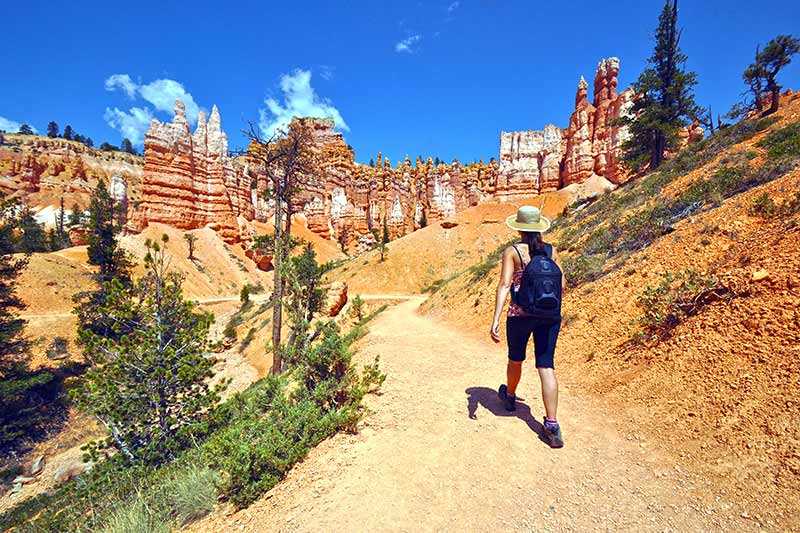Hoodoos of Bryce Canyon
About Hoodoos of Bryce Canyon
These Hoodoos - tall, thin spires of rock with hooded tops - are situated in the Bryce Canyon National Park in the High Plateaus region of the Colorado Pl...
About Hoodoos of Bryce Canyon
These Hoodoos - tall, thin spires of rock with hooded tops - are situated in the Bryce Canyon National Park in the High Plateaus region of the Colorado Plateau in Utah. It’s the biggest cluster of these unusual-looking geological features anywhere in the world.
What is a 'hoodoo'?
A hoodoo is typically formed from soft rock topped w...
Attractions near Hoodoos of Bryce Canyon
Activities
About Hoodoos of Bryce Canyon
About Hoodoos of Bryce Canyon
These Hoodoos - tall, thin spires of rock with hooded tops - are situated in the Bryce Canyon National Park in the High Plateaus region of the Colorado Plateau in Utah. It’s the biggest cluster of these unusual-looking geological features anywhere in the world.
What is a 'hoodoo'?
A hoodoo is typically formed from soft rock topped with a harder, less erodible stone on top which forms a cap, protecting it. As erosion of the softer rock occurs, they gain their distinctive totem pole-like appearance, creating apparently top-heavy structures that look like they’re teetering on the brink of falling. This cluster range from 1.4 to 45 m (5 to 150 ft) tall, making the tallest of them as high as a 10 storey building.
Minerals within the layers make them colourfully striped and colours especially vibrant after a rainfall. Some visitors recommend viewing them by moonlight, when light and shadows make a theatrical display.
The erosion here is caused ice and water, not wind. There are 254 cm (100 in) of snowfall a year and 200 days a year of frost and thaw in this region. The ice formed in cracks, expanding to sheer off small pebbles to large boulders. The rain erodes the surfaces, smoothing and sculpting them. Ice melt and monsoon-like conditions in mid to late summer wash away the debris.
Unfortunately, the conditions that create them are also those that will ultimately destroy them. They are eroding at a rate of 0.6-1.3 m (2-4 ft) every 100 years, so the landscape is constantly changing. Their fragility means visitors are asked to stick to the well-worn trails to avoid further damage to these features. Trails include the short Navajo Loop trail to the longer Queen’s Garden Trail.
